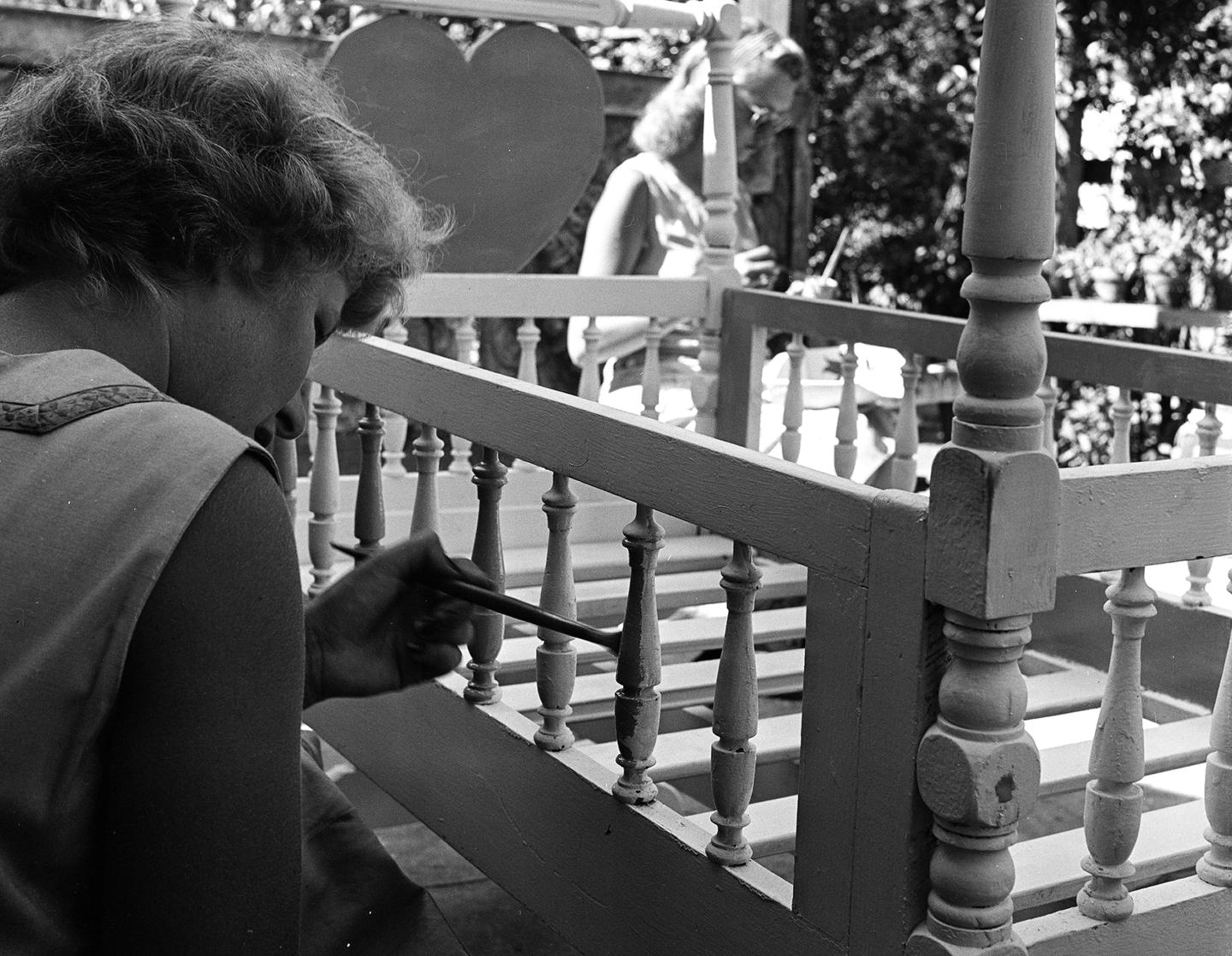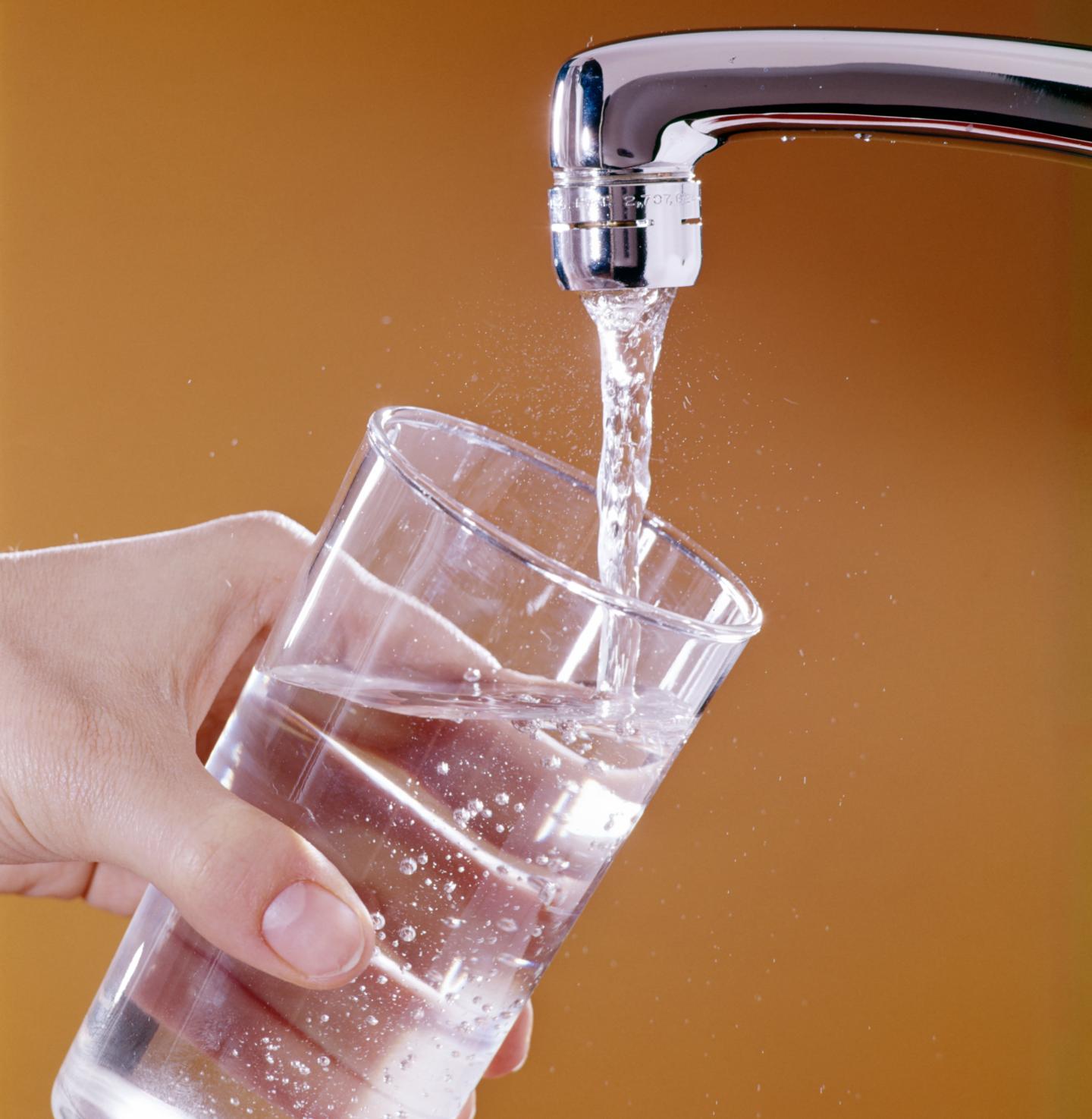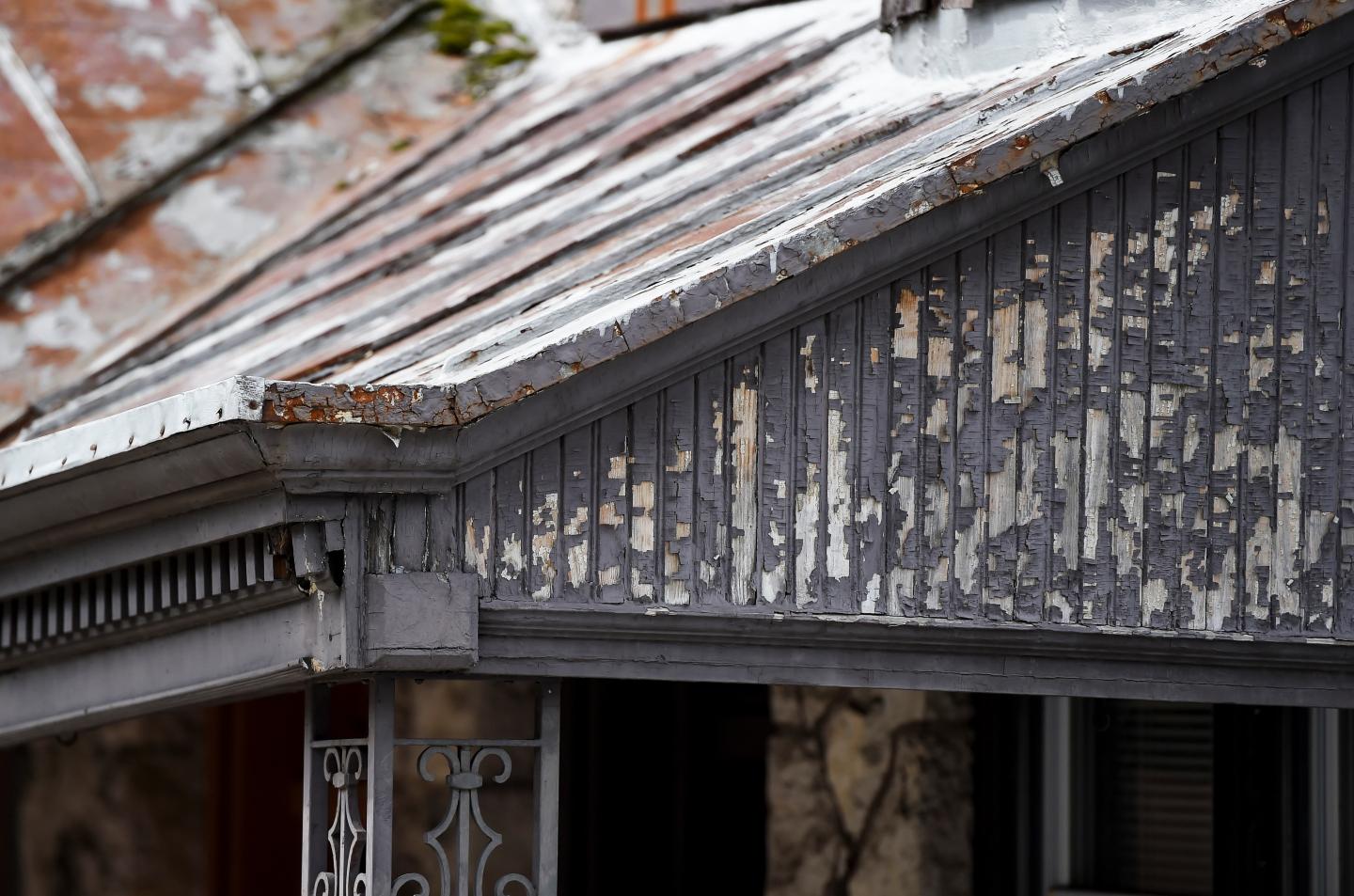Does my home contain lead?
The toxic metal can lurk in many places. Here’s where to look.
Prevention is the best medicine. That’s especially true when it comes to exposure to lead.
There is no safe level of lead in the human body — and once someone has been exposed, there is also no good way to remove it. Children under 6 are particularly at risk because of lead’s effects on their developing brains.
Despite progress over the last 50 years, there are still plenty of places where lead hides. Here are three places to look for lead at home — and some actions you can take if you find it. (If you do find lead at home, contact the U.S. Environmental Protection Agency’s lead hotline at 800-424-LEAD.)
Painted furniture, windows, walls and doors

Lead paint was banned in the U.S. in 1978. But if you live in one of more than 34 million homes built before then, you may still be at risk. Painted windows and doors are particularly dangerous because opening and closing them can create paint chips and dust that are easy for young children to ingest. Vintage cribs and other pieces of painted, handed-down or antique furniture can also pose a lead danger.
Be careful about renovations, too. They can create significant lead risks. So be sure to use a lead-certified contractor. Do-it-yourselfers should check out the EPA’s lead-safe renovation brochure.
Take Action: Hiring an EPA- or state-certified risk assessor is the best way to find out where lead paint might be lurking in your home and whether remediation is needed. (Find an accredited assessor.) DIY test kits for paint or dust have significant drawbacks.
The tap

While the vast majority of U.S. tap water is safe, service lines that bring water into homes, schools and businesses from underground mains, as well as some pipes and fixtures inside buildings, can contain lead.
Take Action: To find out if your water contains lead, contact your water utility or local government. Some utilities will even do water tests for free. If yours doesn’t, you can find an EPA-certified lab that will.
To learn more about lead in drinking water, visit the EPA's Lead in Drinking Water webpage.
Soil

Peeling house paint, lead left behind by gasoline exhaust, and industrial sources can contaminate soil around homes.
If you garden or if kids play in your yard, find out if the soil surrounding your home is contaminated. Putting soiled hands in the mouth, or eating produce grown in contaminated soils, can expose kids and adults to lead.
Take action: The EPA’s National Lead Laboratory Accreditation Program can help you find an accredited soil testing lab near you.


